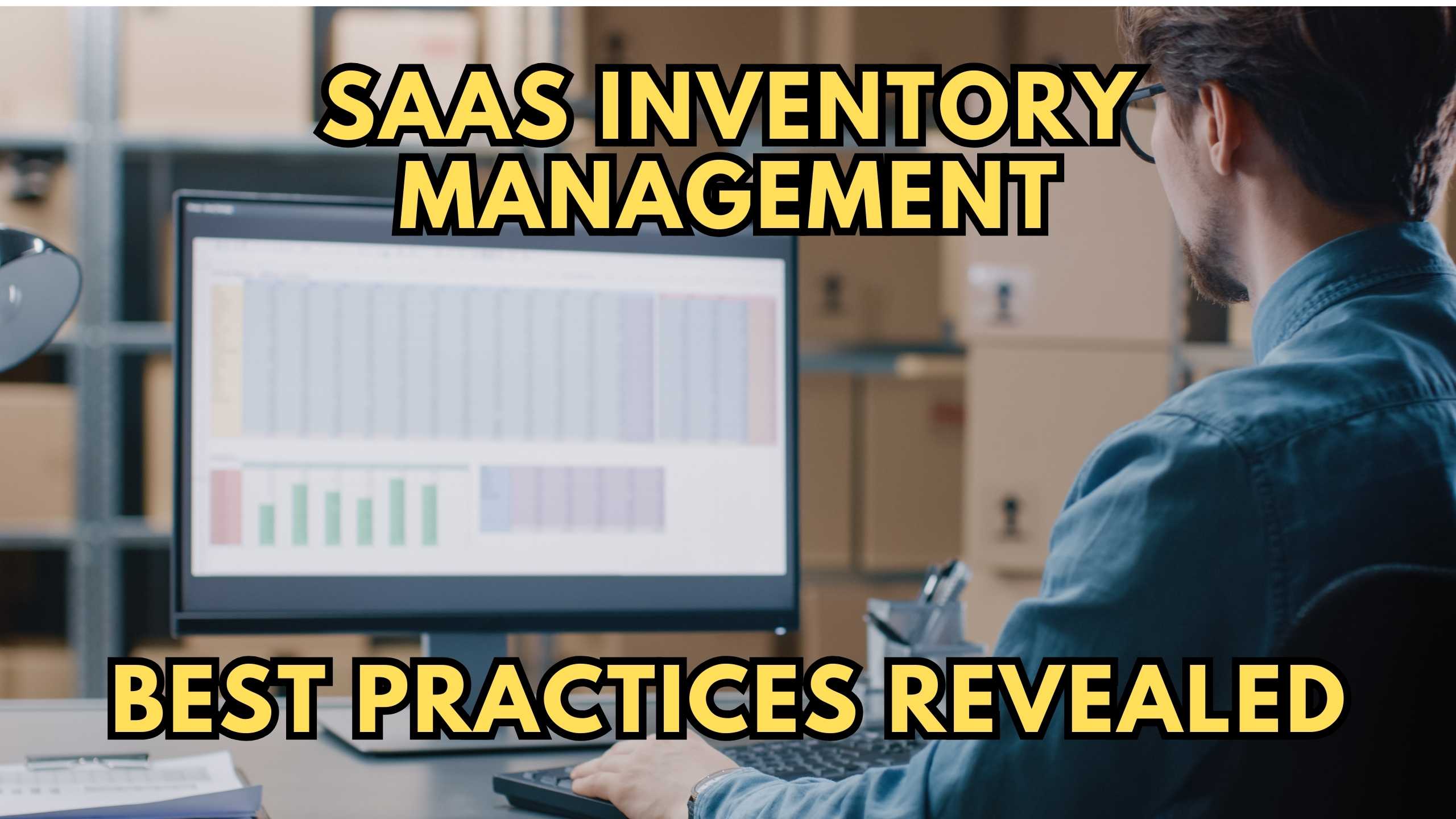SaaS Inventory Management: Best Practices Revealed
- Expense Management Software Credit Cards Investing Business Solutions


SaaS Inventory Management: Best Practices Revealed
Efficient inventory management is the backbone of successful businesses, and with the advent of Software as a Service (SaaS) solutions, organizations can elevate their inventory processes. In this blog, we delve into the best practices of SaaS inventory management, unveiling insights and strategies to streamline operations.
Understanding SaaS Inventory Management
1. Real-Time Tracking and Visibility
One of the key advantages of SaaS inventory management is real-time tracking and visibility. Tools like Zoho Inventory empower businesses by providing a centralized platform to monitor stock levels, track product movements, and gain actionable insights. Real-time data ensures informed decision-making, preventing stockouts or overstock situations.
2. Automation of Routine Tasks
Efficiency is paramount in inventory management. Zoho Inventory stands out with its automation capabilities, allowing businesses to automate routine tasks such as order processing, invoicing, and reordering. This not only saves time but also reduces the likelihood of manual errors, contributing to seamless operations.
3. Forecasting and Demand Planning
Anticipating demand is crucial for preventing stock imbalances. NetSuite, a comprehensive ERP solution, integrates robust inventory management features with advanced forecasting capabilities. By analyzing historical data and market trends, businesses can enhance their demand planning, optimizing stock levels to meet customer needs efficiently.
Best Practices for SaaS Inventory Management
4. Centralized Data Access for Collaboration
Collaboration is key in a dynamic business environment. SaaS solutions like QuickBooks Commerce provide centralized data access, fostering collaboration among teams. This ensures that different departments, from sales to logistics, have real-time information, leading to synchronized efforts and improved decision-making.
5. Integration with E-commerce Platforms
For businesses engaged in e-commerce, seamless integration between inventory management and online platforms is essential. SKULabs specializes in providing such integrations, enabling businesses to manage inventory across various online channels. This integration minimizes the risk of overselling, enhances order fulfillment, and creates a unified experience for customers.
Recommended SaaS Products for Inventory Management
- Zoho Inventory: Streamline stock monitoring and automate tasks.
- NetSuite: Integrate ERP features with advanced forecasting for demand planning.
- QuickBooks Commerce: Facilitate collaboration with centralized data access.
- SKULabs: Ensure seamless integration between inventory management and e-commerce platforms.
Conclusion
In conclusion, the adoption of SaaS inventory management practices revolutionizes traditional approaches, offering real-time tracking, automation, and enhanced collaboration. Businesses leveraging tools like Zoho Inventory, NetSuite, QuickBooks Commerce, and SKULabs are better equipped to meet the demands of a competitive market.
Optimize Your Inventory with Subscribed.fyi
Empower your inventory management journey with Subscribed.fyi, the ultimate solution for understanding, comparing, and managing your SaaS stack. Sign up today to unlock exclusive deals, streamline subscription management, and gain insights that redefine your inventory practices.
Relevant Links:





